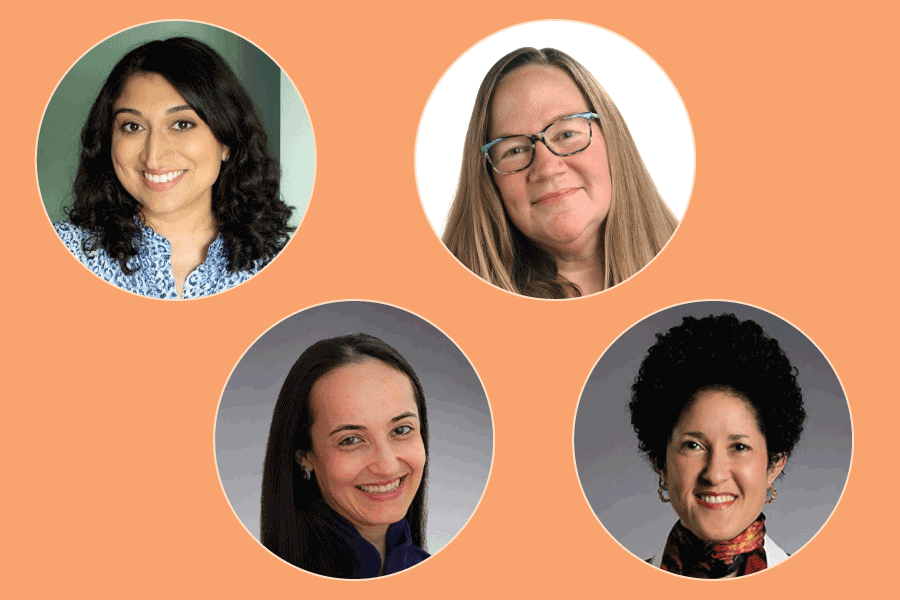This study will examine whether state-mandated paid sick leave and state-mandated paid family medical leave helped control the early spread of COVID-19 and ameliorated the economic distress caused by the pandemic. In particular, the research team will explore whether people in states with guaranteed paid sick leave fared better in the pandemic and were better able to adopt social distancing measures compared to those in states without such a guarantee.
Methodology:
State administrative data show that, early in the pandemic, there was a surge of initial claims in some states with their own paid leave systems — well before the Families First Coronavirus Response Act was signed into law. The research team will explore whether this surge in leave-taking is reflected in measures of social distancing or staying at home as captured by cell phone location data, and whether that is reflected in COVID-19 incidence data. Finally, the researchers are also interested in whether there are differences across states with and without paid leave systems in reported measures of illness, leave-taking, and economic and psychological distress associated with the pandemic.
Implications:
Paid sick leave and paid family medical leave have the potential to improve welfare for individuals, but they also have the potential to solve an enormously costly externalities problem. If contagious people go to work because they cannot afford to stay home, they can infect others, and this has the potential to reduce economic activity overall, as well as to increase health costs and human suffering. It is critical to know whether having such policies in place — before a pandemic hits — helps to ameliorate human suffering and loss, and economic distress.



